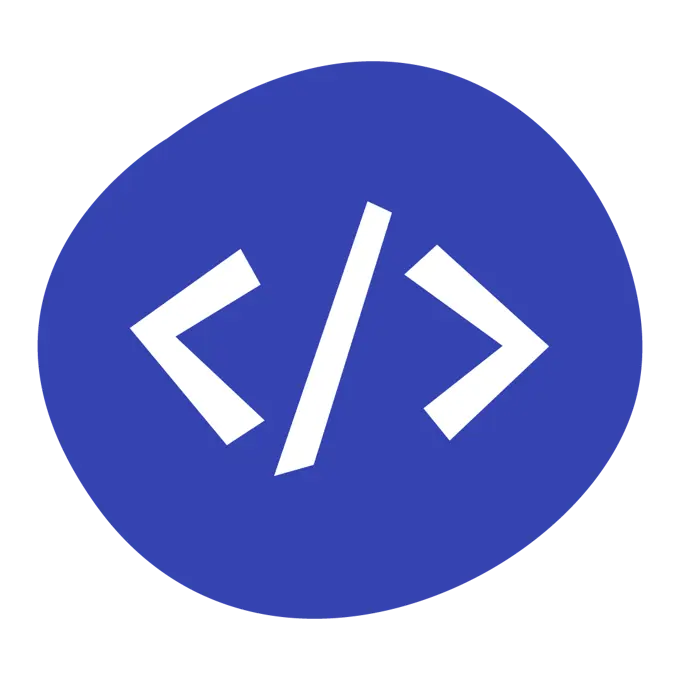What is JavaScript?
JavaScript is a programming language that can be used to create interactive websites. It's a client-side scripting language which runs in the user's web browser.
JavaScript was initially designed for use on websites to add interactivity to pages. For example, you can use JavaScript to create drop-down menus or validation on form fields. It’s also used on servers as a back-end programming language for databases and applications.
How Does JavaScript Work?
JavaScript code is executed in your's web browser. When you visit a web page that contains JavaScript code, the code is executed as the page loads. JavaScript is an interpreted language, which means that it's not compiled into machine code like other programming languages. Instead, the JavaScript interpreter parses and executes the code as it runs.
One of the benefits of interpreted languages is that they're usually easy to learn and use. JavaScript is a relatively simple language, making it good for beginners. However, its simplicity also means that it lacks some of the features and tools found in other programming languages.
The JavaScript language provides features that allows developers to do things like:
- Keep values inside a variable. If you ask for a job title to be entered in a form field, it can store the name in a variable called “job title”
- Do operations on text pieces, which is referred to as strings. So if you have a string called “Name:” it’s possible to ad a variable to the string and thereby create a text label; “Name: Jake”.
- It’s also possible to execute code when an event occurs on the website. This could be a click on a “Add to cart” button. When the button is clicked, it will perform an action where the product is added to the cart and updates an icon on the cart, that tells how many products are now in the cart.
- And the list continued with all the cool things you can do with JavaScript.

Client-side vs server-side scripts:
Client-side scripts and server-side scripts are two different ways of running JavaScript code.
The main difference between client-side and server-side scripts is that client-side scripts are executed by your web browser while server-side scripts are executed by the server where the website or solution is hosted. This means that client-side scripts can be run without interacting with the server, while server-side scripts must be run on the server.
Client-side scripting is used to add interactivity to web pages. For example, you can use client-side scripts to create drop-down menus or form validation.
Server-side scripting is used to create web applications and dynamic websites. For example, you can use server-side scripts to connect to databases and retrieve data.
What is JavaScript used for?
Some common uses for JavaScript include creating drop-down menus, validating form input, and adding dynamic content to pages. JavaScript can also create animations and interactivity with the user's environment. It's also used for backend programming tasks such as database operations and application development.
JavaScript is often used for the following things in development:
- Web Applications:
JavaScript is used to create interactive web applications. For example, you can use JavaScript to create drop-down menus or form validation. - Web Development:
JavaScript is often used for front-end web development. Front-end developers often use HTML, CSS, and JavaScript to create the structure, style, and interactivity of web pages. - Mobile Applications:
JavaScript can be used to create mobile applications that run on Android and iOS. - Games:
JavaScript can be used to create browser-based games. - Server Applications:
JavaScript can be used to create server-side applications. - Web Servers:
JavaScript can be used to create web servers.
How do JavaScript HTML and CSS work together?
JavaScript is used in conjunction with HTML and CSS to create dynamic and interactive web pages. JavaScript is used to add interactivity to web pages, while HTML and CSS are used to create the structure and style of the page.
- HTML (Hypertext Markup Language) is responsible for the web page structure. It defines the content of the page and how it should be displayed.
- CSS (Cascading Style Sheets) is responsible for the style of the web page. It defines the look and feel of the page, including the layout, color, and font.
- JavaScript is responsible for the interactivity of the web page. It allows the user to interact with the page by by clicking on a button or entering text into a form.
These three languages are used together to create dynamic and interactive web pages.